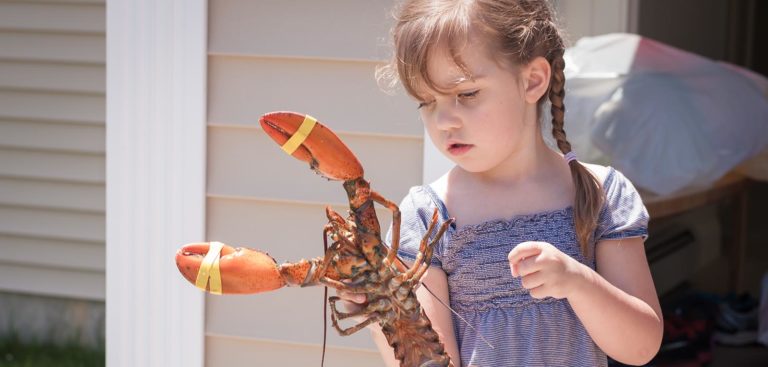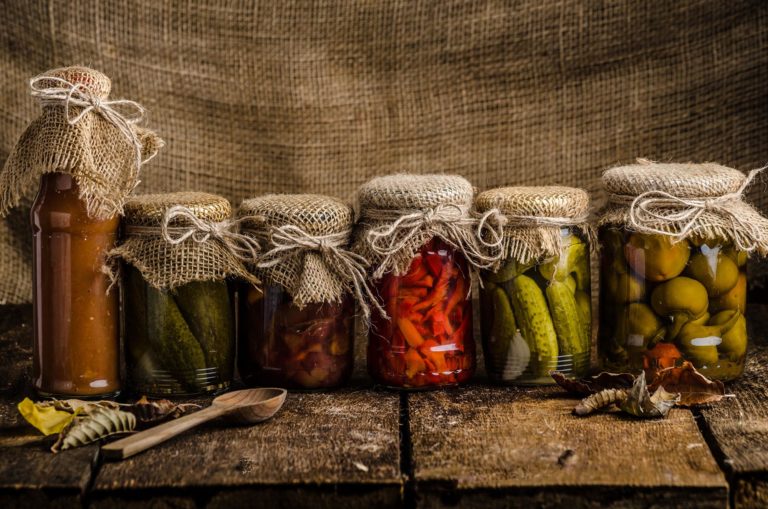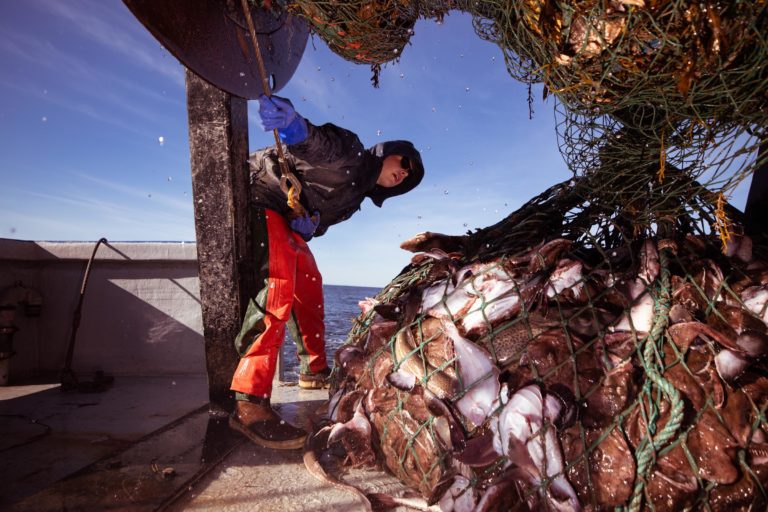My happiest childhood memories involve food-gathering expeditions all over Maine. Through those early experiences, I learned about the traditional Wabanaki ethos of sustainability and respectful ways to harvest wild edibles.
Wabanaki people, including my Penobscot ancestors, have lived with these lands and waters now called Maine for over 13,000 years.
Our traditional stories speak to the importance of maintaining balance. Our understanding of sustainability, the natural world, and our place within it, known as Indigenous traditional ecological knowledge (ITEK), is informed by the Seventh Generation Principle. We weigh our actions considering how they could affect others, including those born after us, unto the seventh generation.
We are taught to be thankful for our relationship with our Mother Earth and her many gifts. Before harvesting anything, we give thanks and offer a pinch of tobacco. In Native American culture, tobacco is sacred. These offerings show respect, gratitude, and reciprocity.
Before colonization, Wabanaki foodways included fishing, gathering, growing, hunting, preserving, and trading food to ensure a year-round abundance. The resulting diet was healthy and diverse. My ancestors cultivated corn, beans, squash, and tubers like potatoes and sunchokes. They harvested wild vegetables including fiddleheads, dandelions, and seaweed. They gathered black chokeberries, nannyberries, serviceberries, elderberries, and strawberries. American chestnuts, black walnuts, acorns, and wild rice were staples.
Hunters brought home moose, caribou, ducks, rabbits, and turkeys. Fish and shellfish contributed protein and essential nutrients to this traditional diet. Clam and oyster shell middens along the Maine coast bear testimony to thousands of years of reliance on marine resources—and our ancestral relationship to places where we no longer have access.
Our ancestors—men, women, and children—were hunted for bounties in the late 1700s. In the early 1800s, survivors were restricted to reservations. It became nearly impossible to get to traditional food-gathering places. For seven generations, many families went hungry. By the 20th century, others had to rely on a high-fat, high-carbohydrate government commodities diet that resulted in preventable chronic diseases and disproportionate morbidity and mortality rates. Currently, the life expectancy of Maine Native Americans is 54 years.
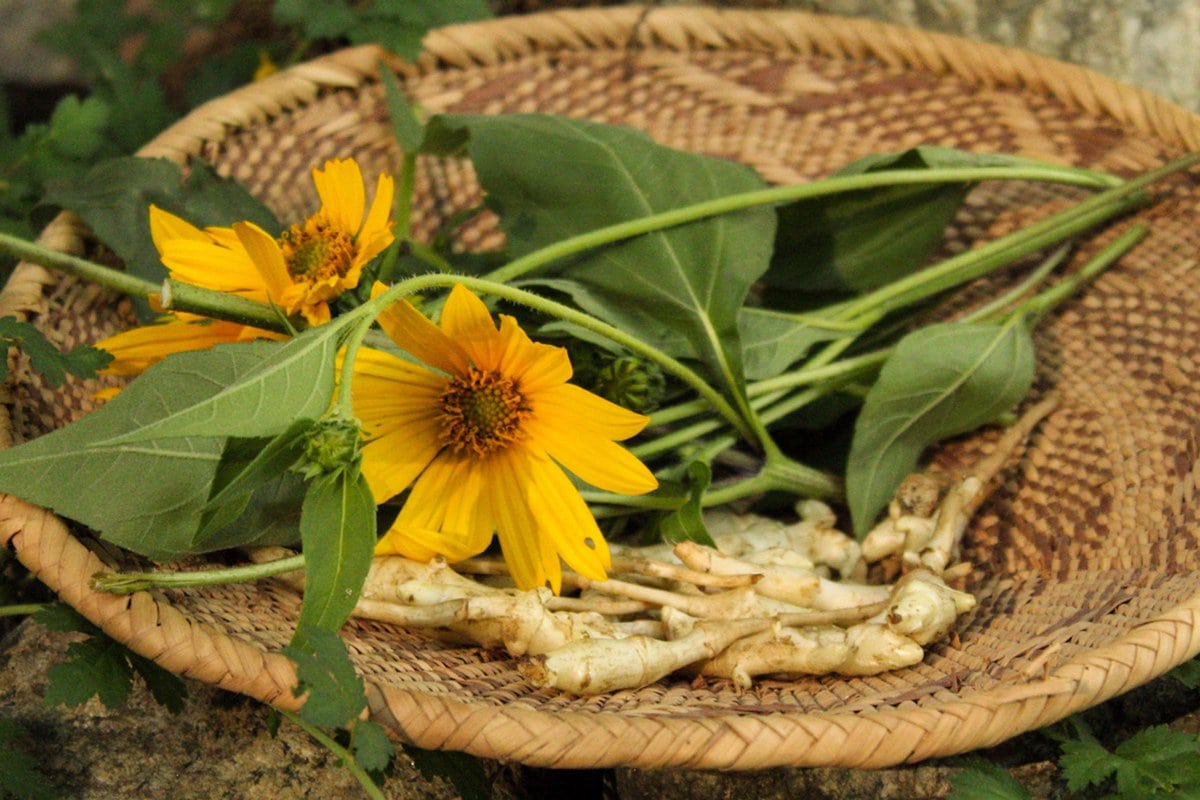
While modern Wabanaki families buy food from grocery stores, many, like my family, also practice traditional foodways. Restoring our Indigenous diet honors our ancestors who fought to preserve access to natural resources and is key to improving our health.
In my family, fiddlehead ferns are the first wild food we gather in the spring. We take care not to overharvest from any patch, which ensures there is plenty for the plant itself and for others foraging after us who rely on this food—an example of what it means to harvest a resource sustainably. In spring, we also collect dandelion leaves and their blossoms. We sauté the leaves with wild ramps and pan fry the blossoms after dipping them in egg and flour.
My immediate family does not gather mushrooms. My mother explained that when her father was teaching his many children about gathering wild foods, he did not teach about mushroom foraging because it is too easy for children to make a deadly mistake in identifying them.
Many July days in my childhood were spent picking blueberries atop a mountain in Searsmont, where I wandered barefoot through barrens imbued with the scent of sun-warmed berries and pearly everlasting. When I was 6, we found an ancient arrowhead there. My mother explained it was a sign left by an ancestor who had long ago taken care of the barrens. That care included using fire to keep them open and productive, thereby ensuring plenty of blueberries for their descendants, unto the seventh generation.
In addition to gathering food, we tended Three Sisters mound gardens, an ancient practice of cultivating corn, beans, and squash together. As sister plants, they help each other grow. Squash leaves provide shade, preventing water from evaporating in the summer heat. Corn stalks become poles for beans to climb. The beans fix nitrogen in the soil as fertilizer. When eaten together, the Three Sisters combine to be a complete protein, one rich in many other nutrients. All can be stored for year-round consumption.
We watered our gardens with rain collected in 50-gallon barrels. My grandfather stressed the importance of not wasting water because using too much in the moment would lead to shortages in the future. This prophecy is playing out in places that once supported most of the country’s food production.
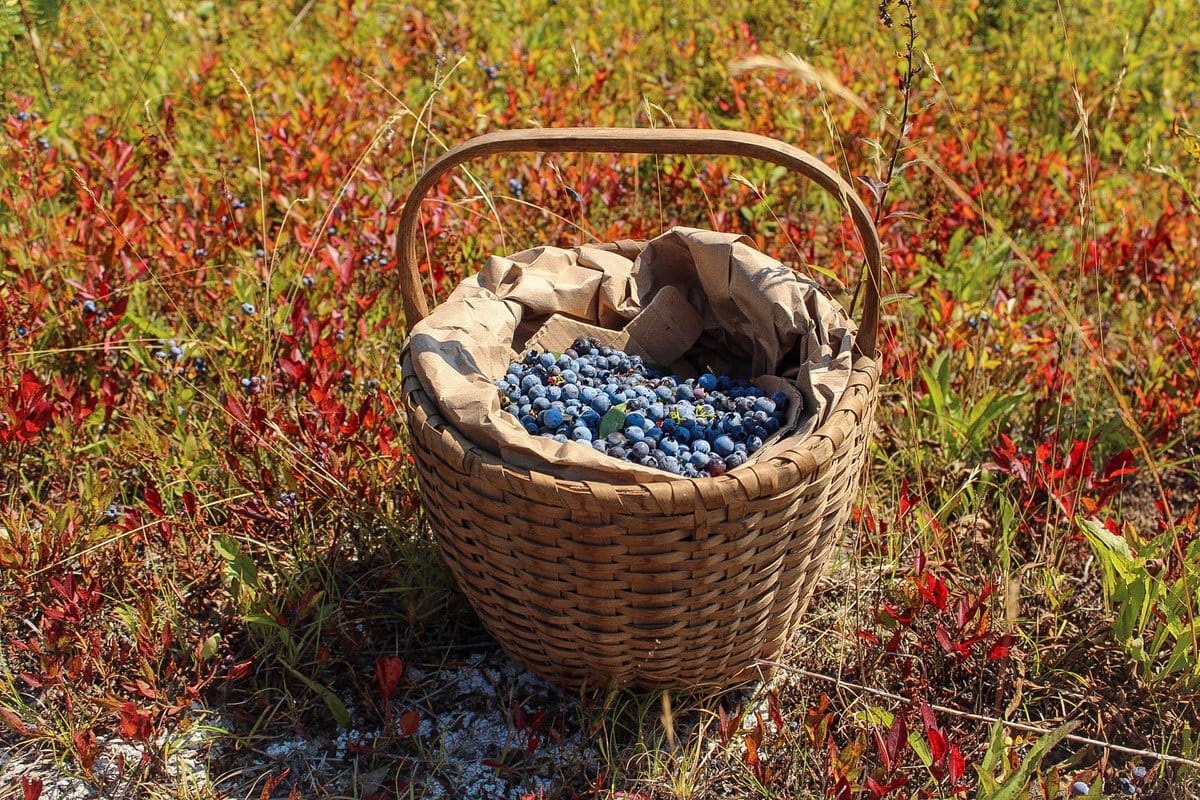
In October we headed Downeast to familiar saltwater marshes where crimson wild cranberries greeted us. We’d spend the whole day there, the tide the only timekeeper as we gathered our year’s supply. When I was in elementary school, I brought along several non-Native friends to the marshes. They asked why we didn’t buy cranberries in the grocery store. I explained to them some of what I’d learned about our traditional Indigenous values concerning foodways. As I got older, I learned that these values are a key element of my Native American culture, and that I would be responsible for carrying this knowledge and tradition forward.
I can almost hear myself guiding my future children on a gathering adventure in accordance with the Seventh Generation Principle.
“Remember,” I will say, “never take more than you need, share with others what you bring home, and always leave some behind for All Our Relations—the many other living creatures who rely on Nature’s abundance.”









